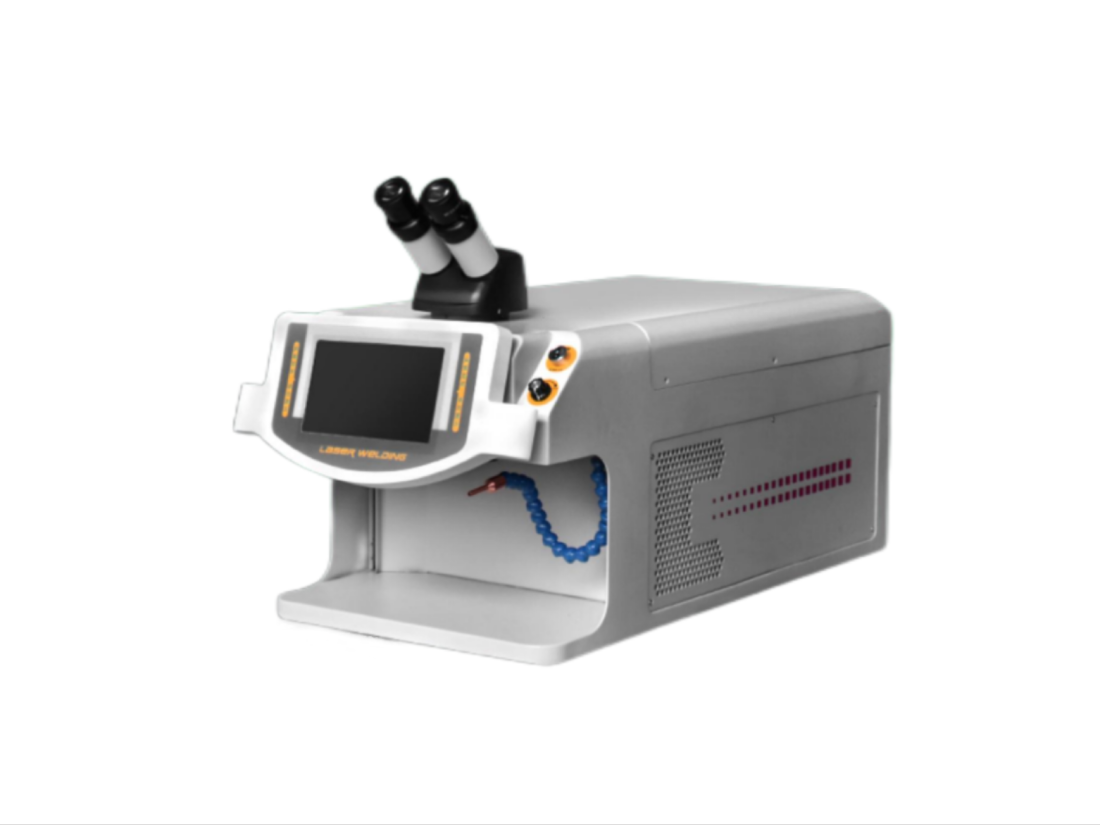- No.609, Centre Of Huijin Nanxiang, Yinxiang Road, Nanxiang Town, Jiading District, Shanghai, China
- sherry@sanmachines.com
- +86-18616767021
How to adjust the parameters of laser mold welding machine?
Laser mold welding is an essential and first welding processing method in modern industrial production. It is a revolutionary technological advancement over traditional welding. It is suitable for all welding applications in the field of industrial production, including high-end fields such as automobiles, shipbuilding, aerospace, etc. The application range is very broad. The following is an introduction to the adjustment methods of the three major parameters of laser welding machines.
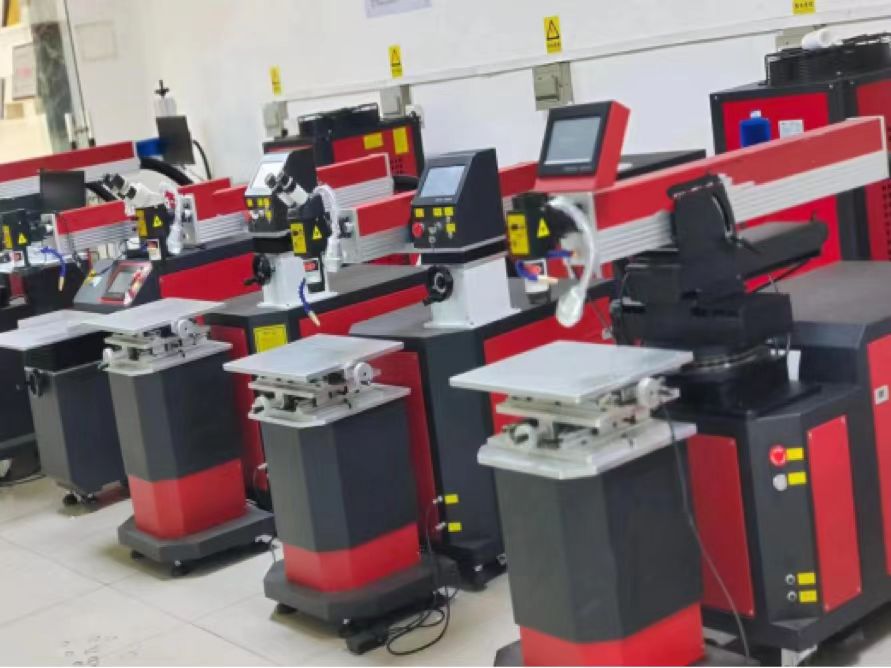
1. Laser pulse width:
Pulse width is one of the important parameters of pulse laser welding. It is not only an important parameter that distinguishes material removal and material melting, but also a key parameter that determines the cost and volume of processing equipment.
2. Laser power density:
Power density is one of the most critical parameters in laser processing. With a higher power density, the surface layer can be heated to boiling point within a microsecond time range, producing a large amount of vaporization. Therefore, high power density is beneficial for material removal processing, such as punching, cutting, and engraving. For lower power density, it takes several milliseconds for the surface temperature to reach the boiling point. Before the surface vaporizes, the bottom layer reaches the melting point, which is easy to form a good molten weld. Therefore, in conduction laser welding, the power density is in the range of 104~106W/cm2.
3. Laser pulse waveform:
Laser pulse waveform is an important issue in laser welding, especially for thin sheet welding. When a high-intensity laser beam is shot to the surface of the material, 60~98% of the laser energy will be reflected and lost on the metal surface, and the reflectivity changes with the surface temperature. During the action of a laser pulse, the metal reflectivity changes greatly.
Compared with traditional welding, laser welding has the following advantages:
1. Fast speed, large depth and small deformation.
2. It can weld refractory materials such as titanium and quartz, and can weld heterogeneous materials with good results.
3. After laser focusing, the power density is high. When welding high-power devices, the depth-to-width ratio can reach 5:1 and up to 10:1.
4. The laser beam can easily split the beam according to time and space, and can perform multi-beam simultaneous processing and multi-station processing, providing conditions for more precise welding.
5. Micro welding can be performed. After focusing, the laser beam can obtain a very small spot and can be accurately positioned. It can be used in the group welding of micro and small workpieces in large-scale automated production.
6. It can weld difficult-to-access parts and perform non-contact long-distance welding, which has great flexibility. Especially in recent years, the use of optical fiber transmission technology in YAG laser processing technology has made laser welding technology more widely promoted and applied.
7. Welding can be performed at room temperature or under special conditions, and the welding equipment is simple. For example, when the laser passes through an electromagnetic field, the beam will not deviate; the laser can be welded in a vacuum, air, or a certain gas environment, and can be welded through glass or materials that are transparent to the beam.
Related product links


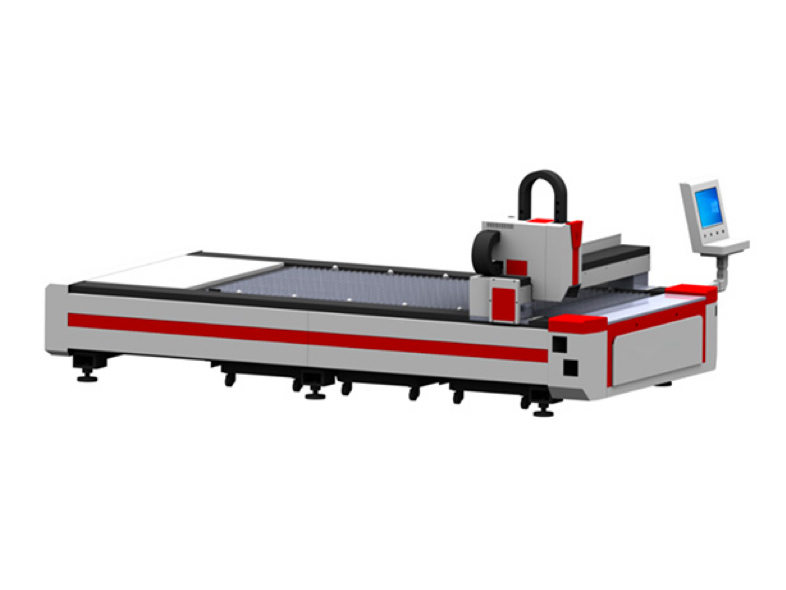
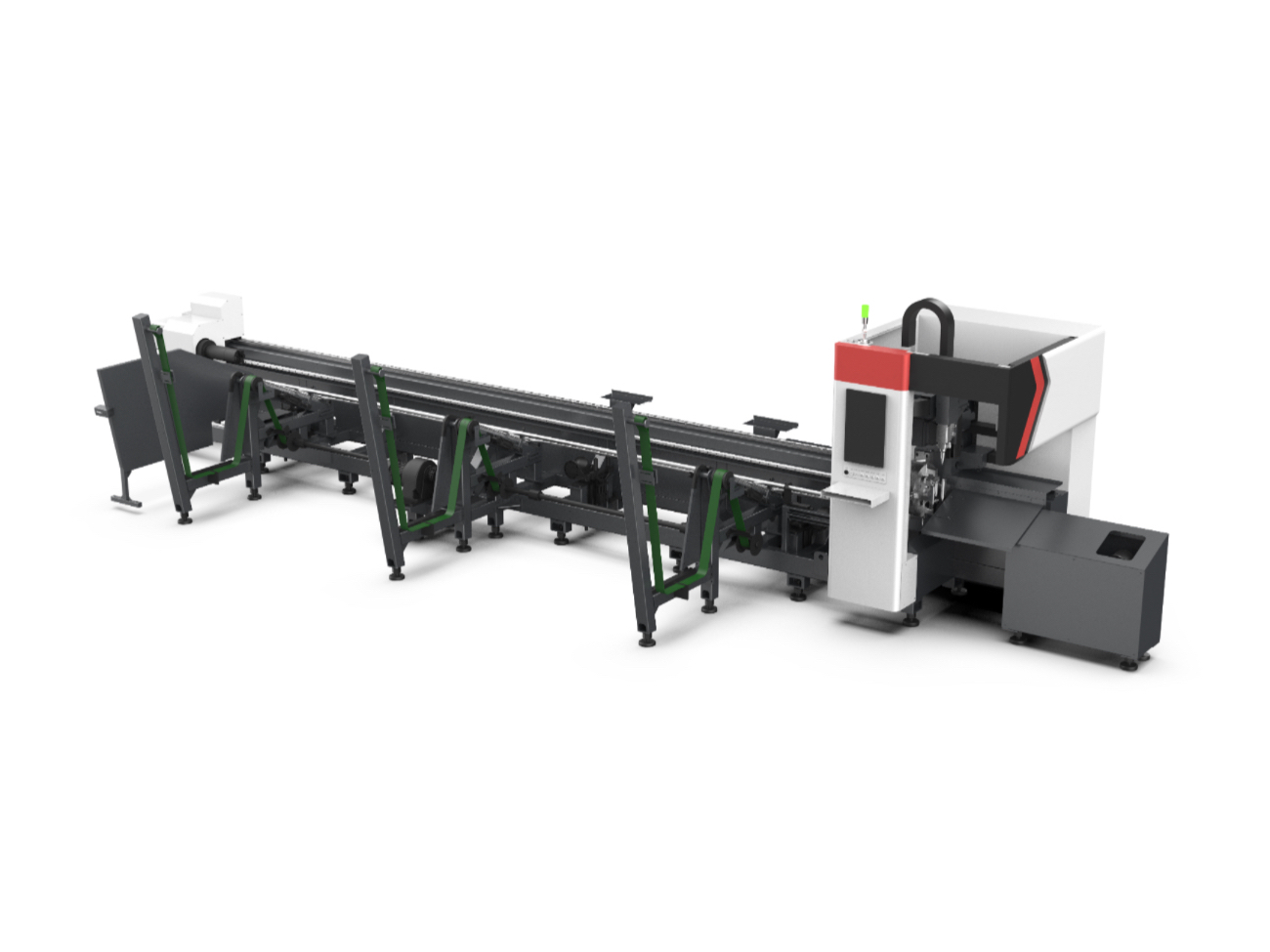
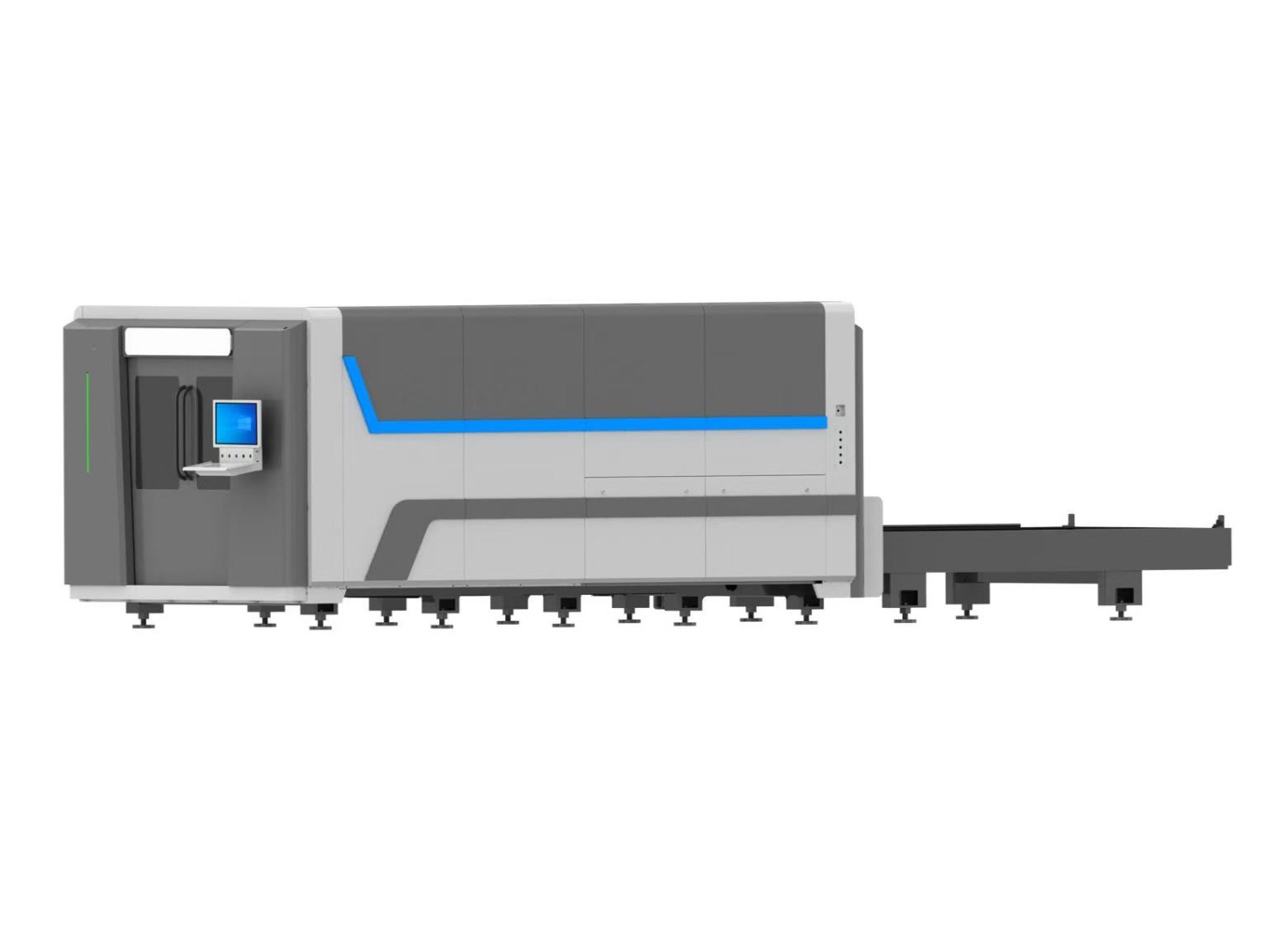
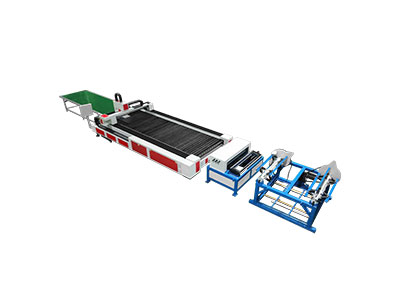
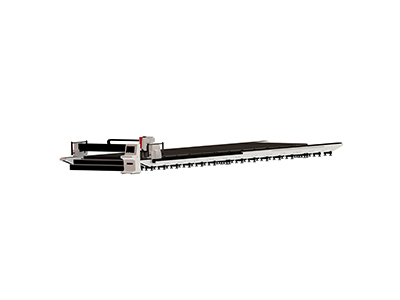
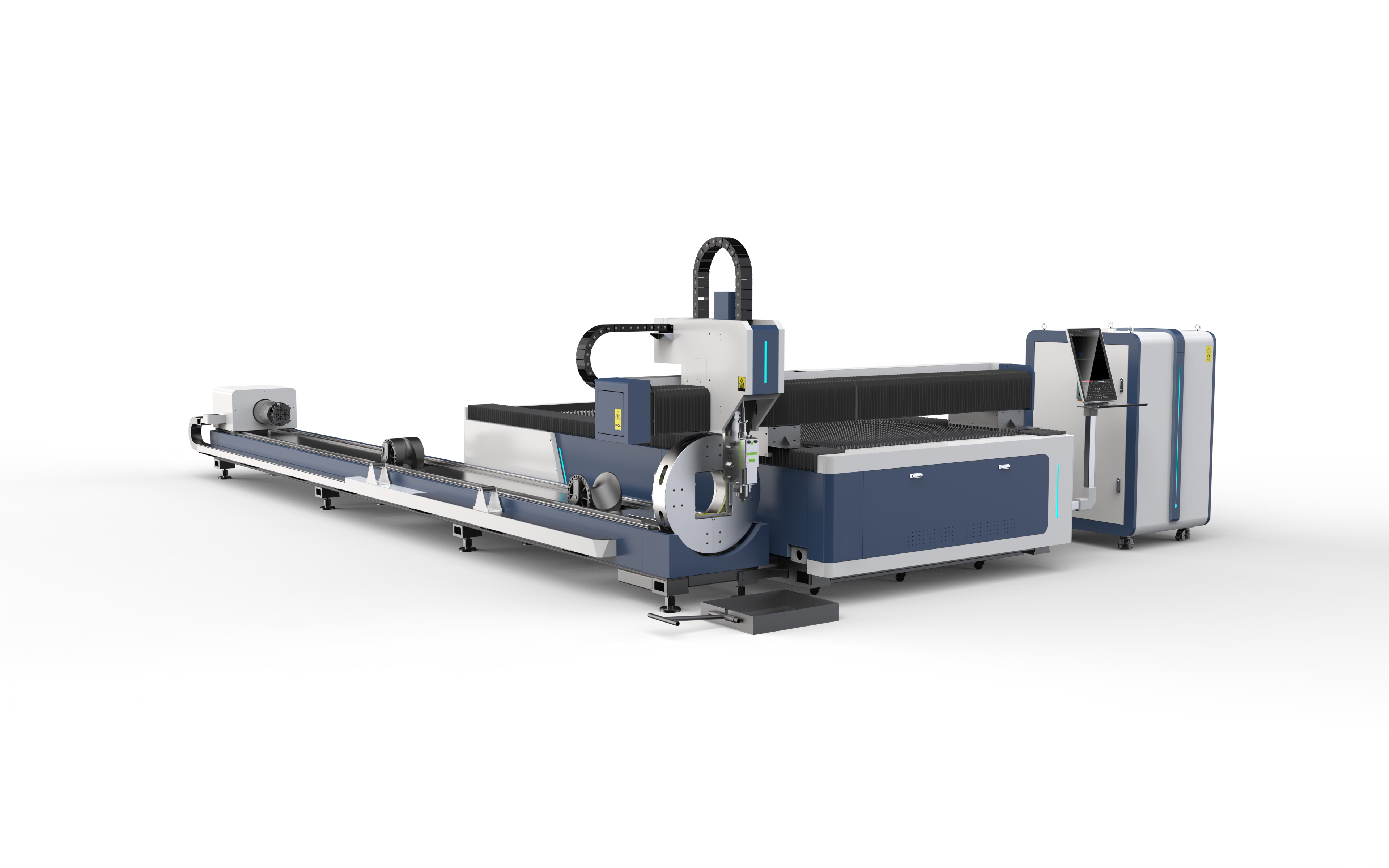
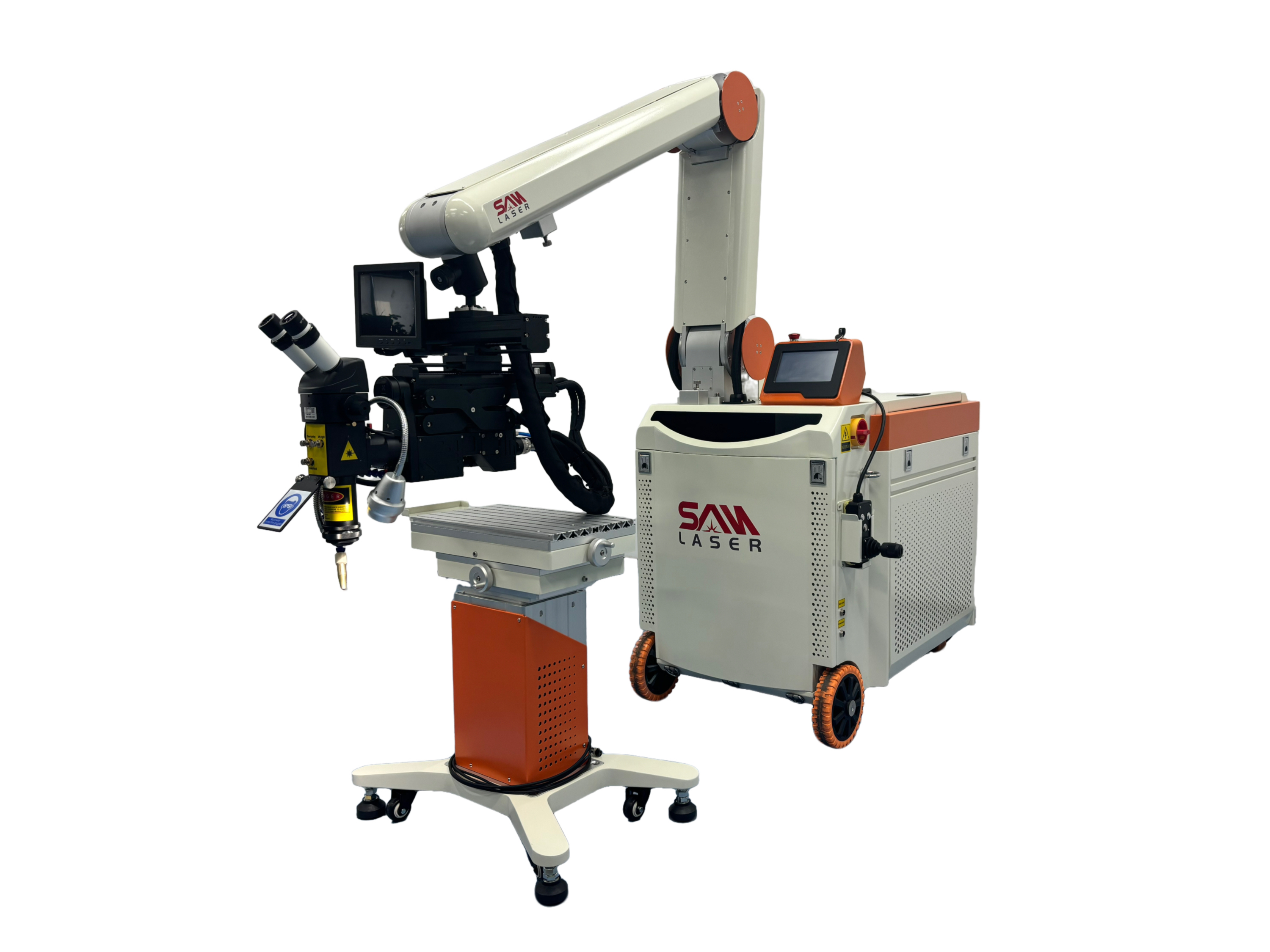
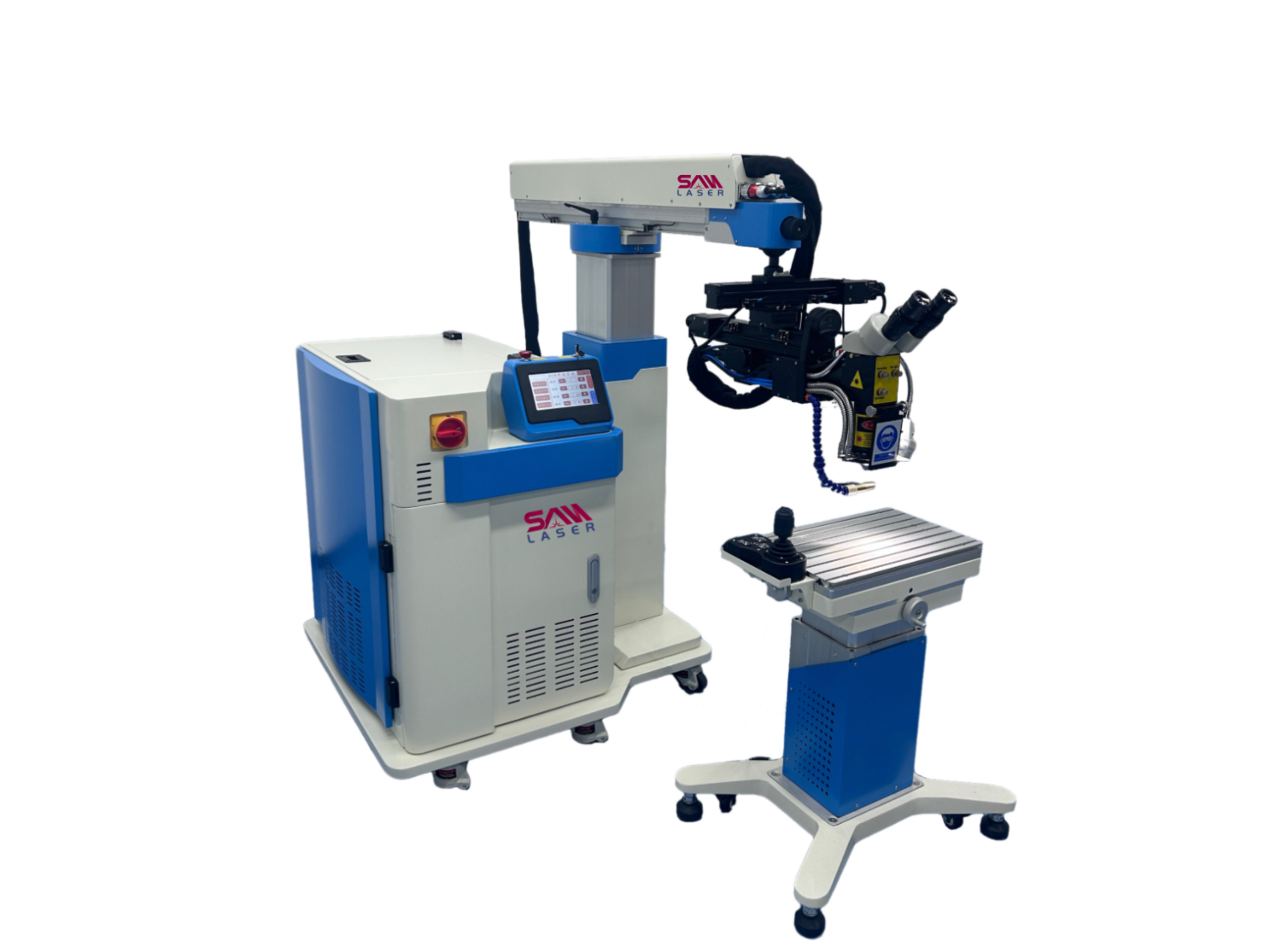
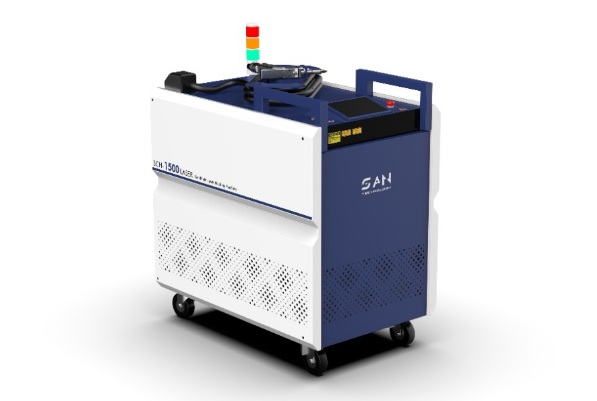
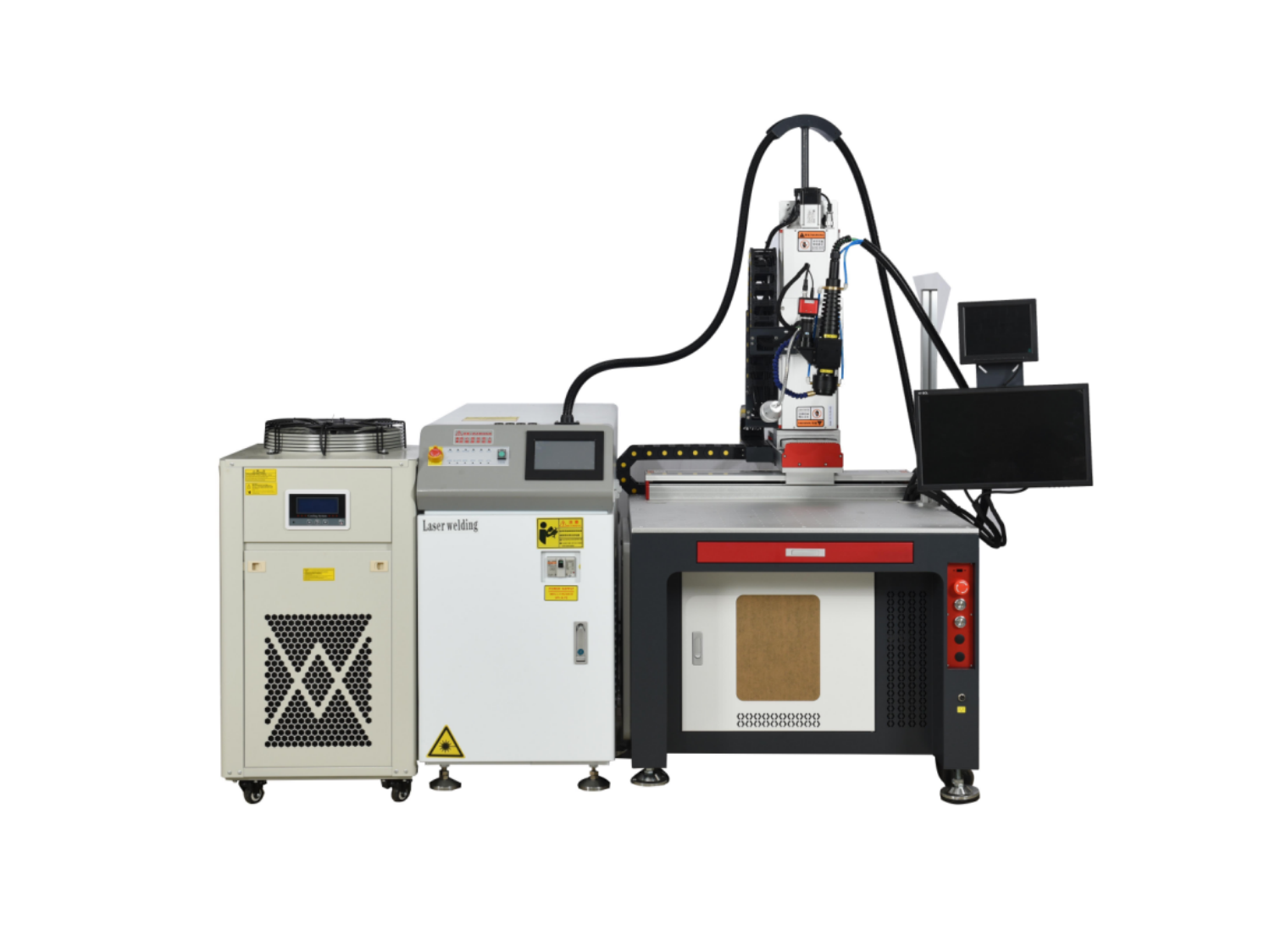
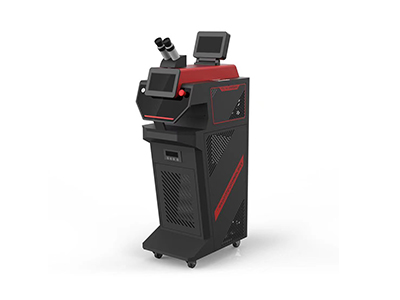
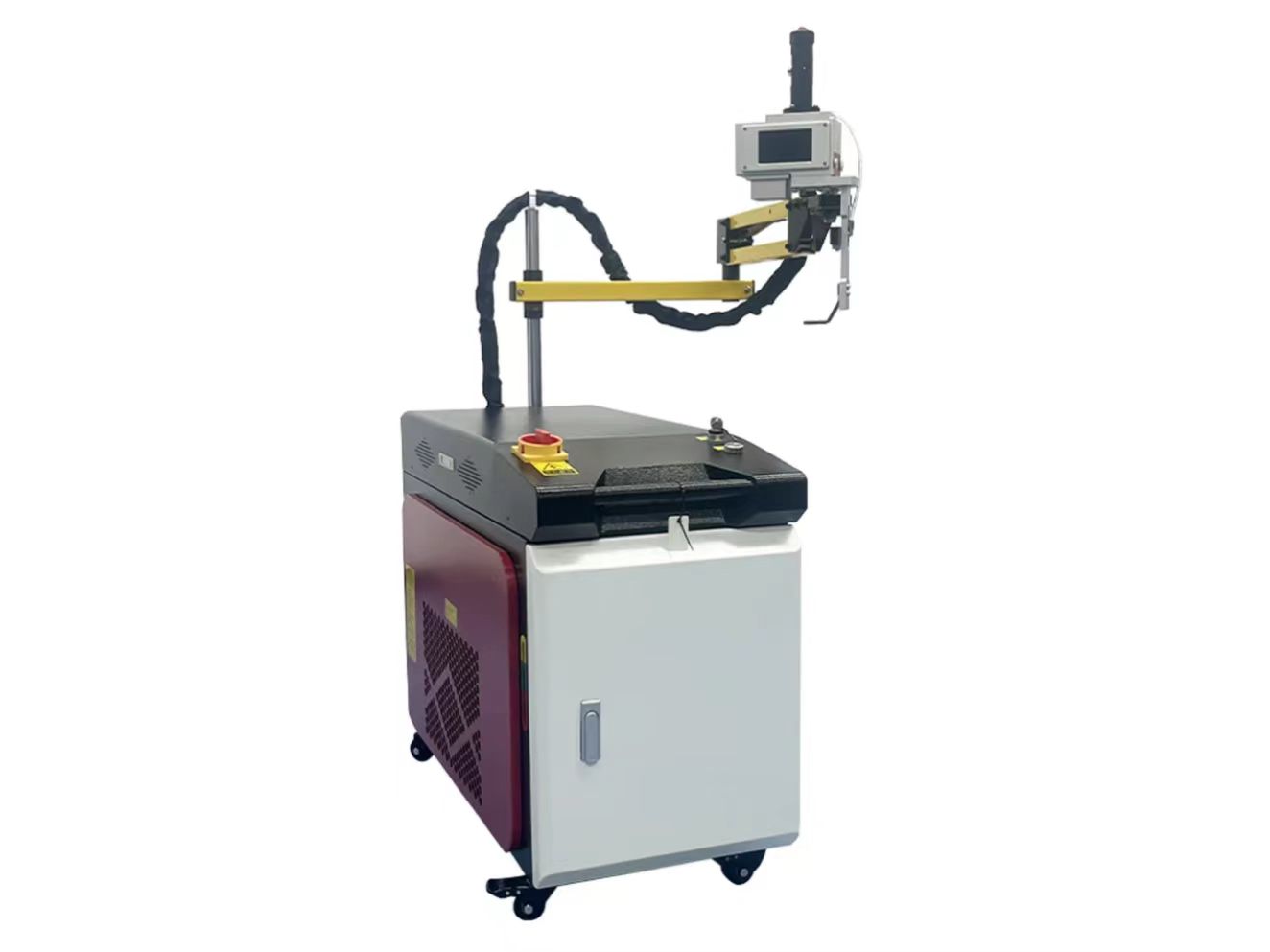
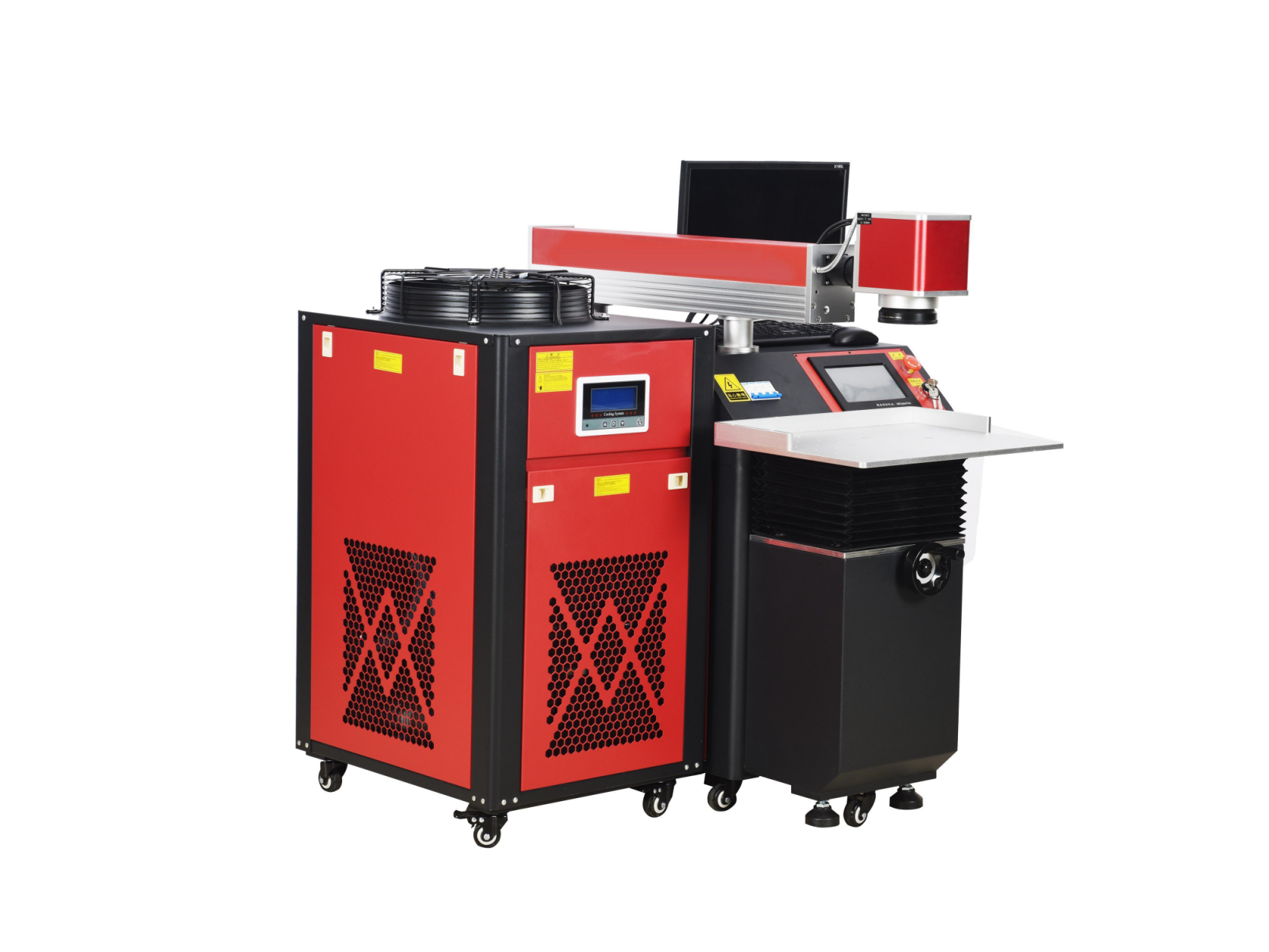
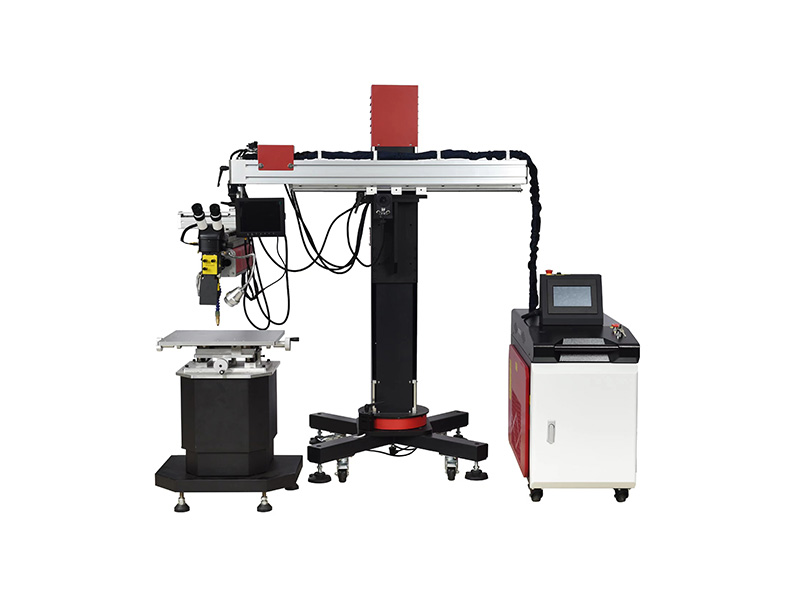
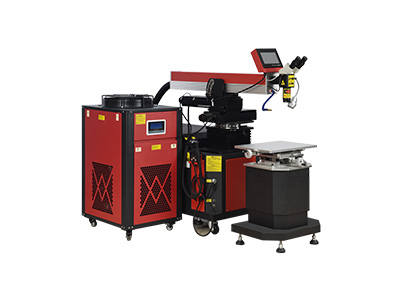
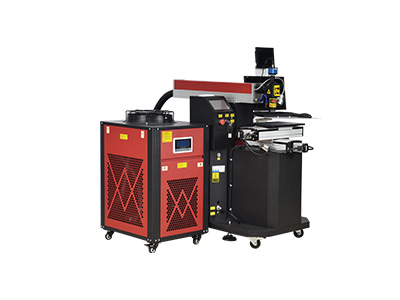
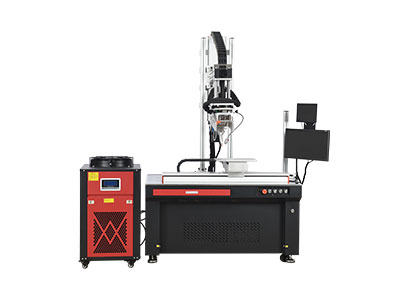
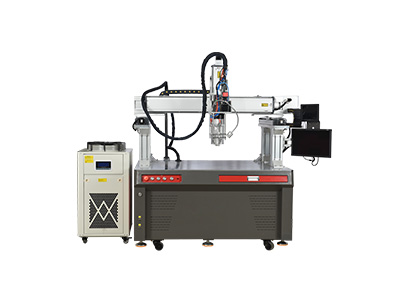
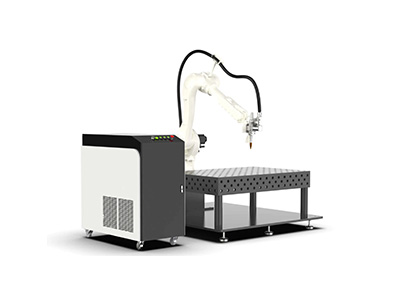
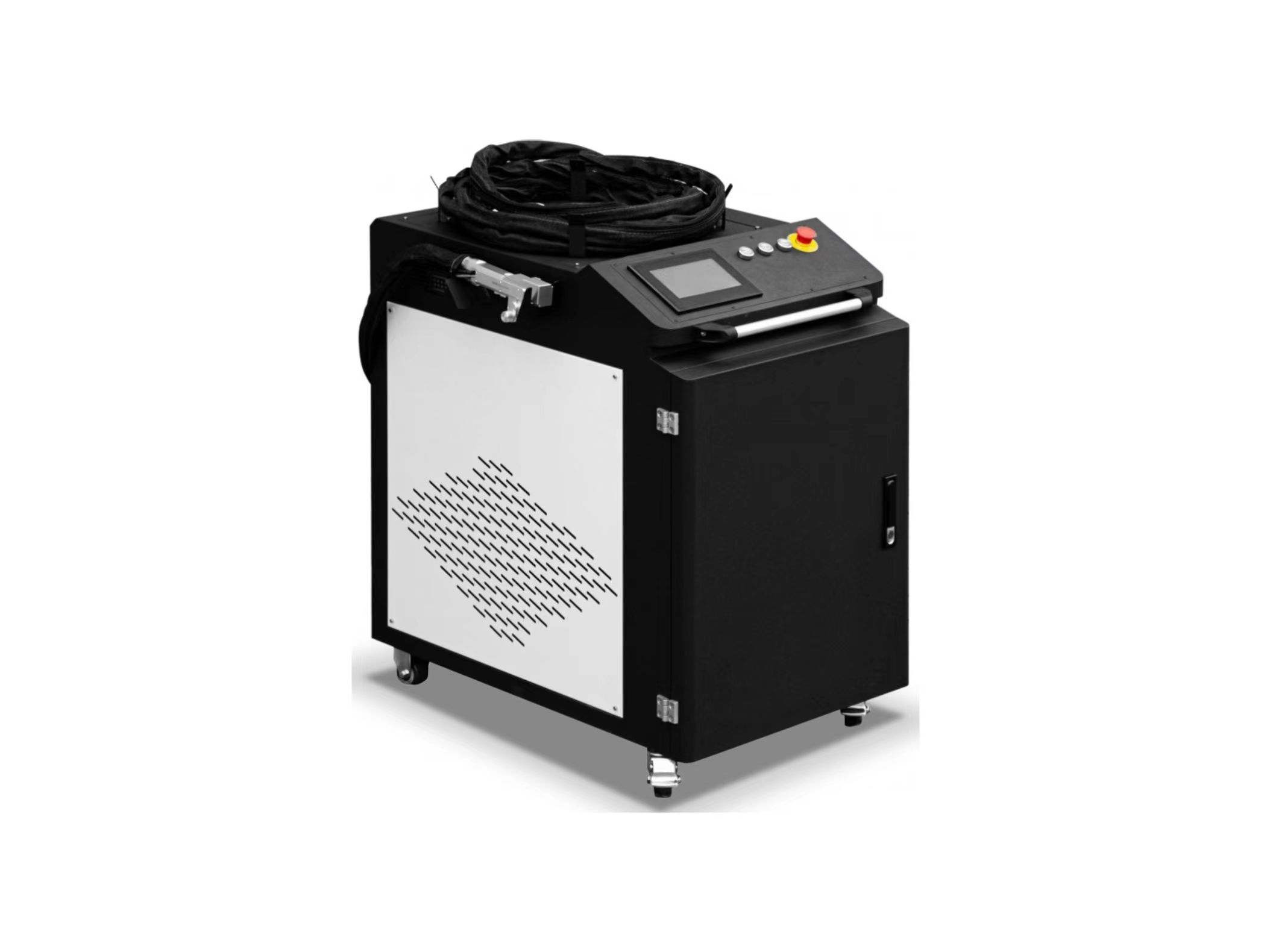
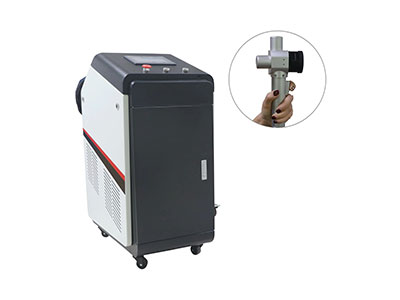
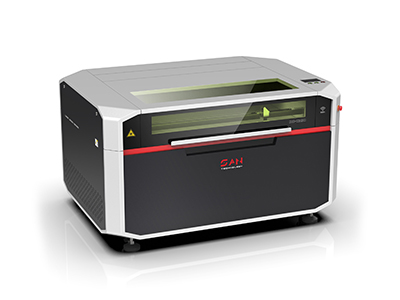
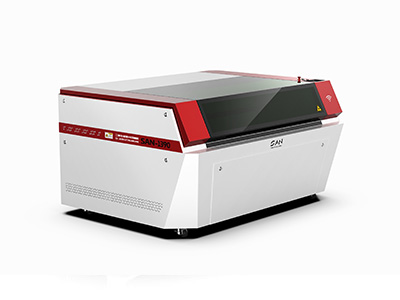
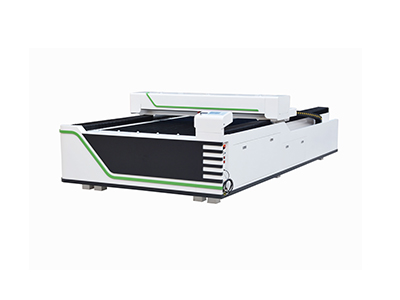
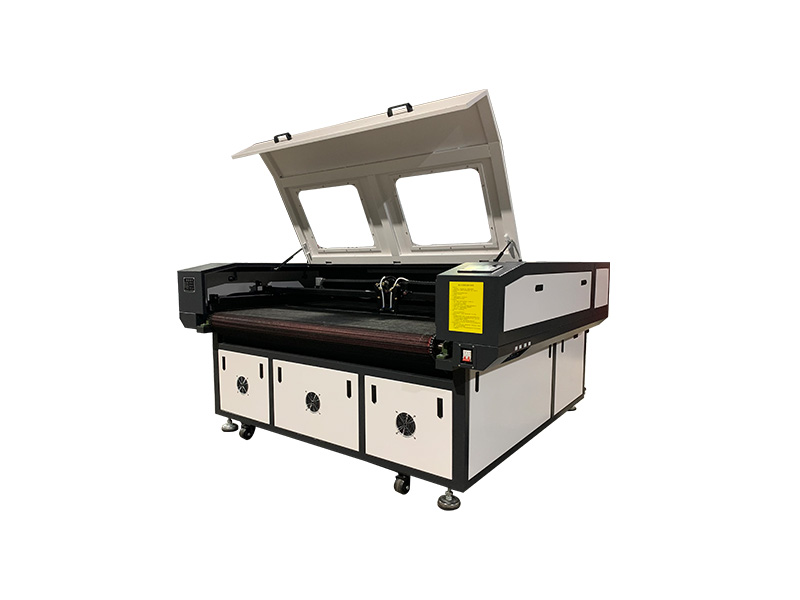
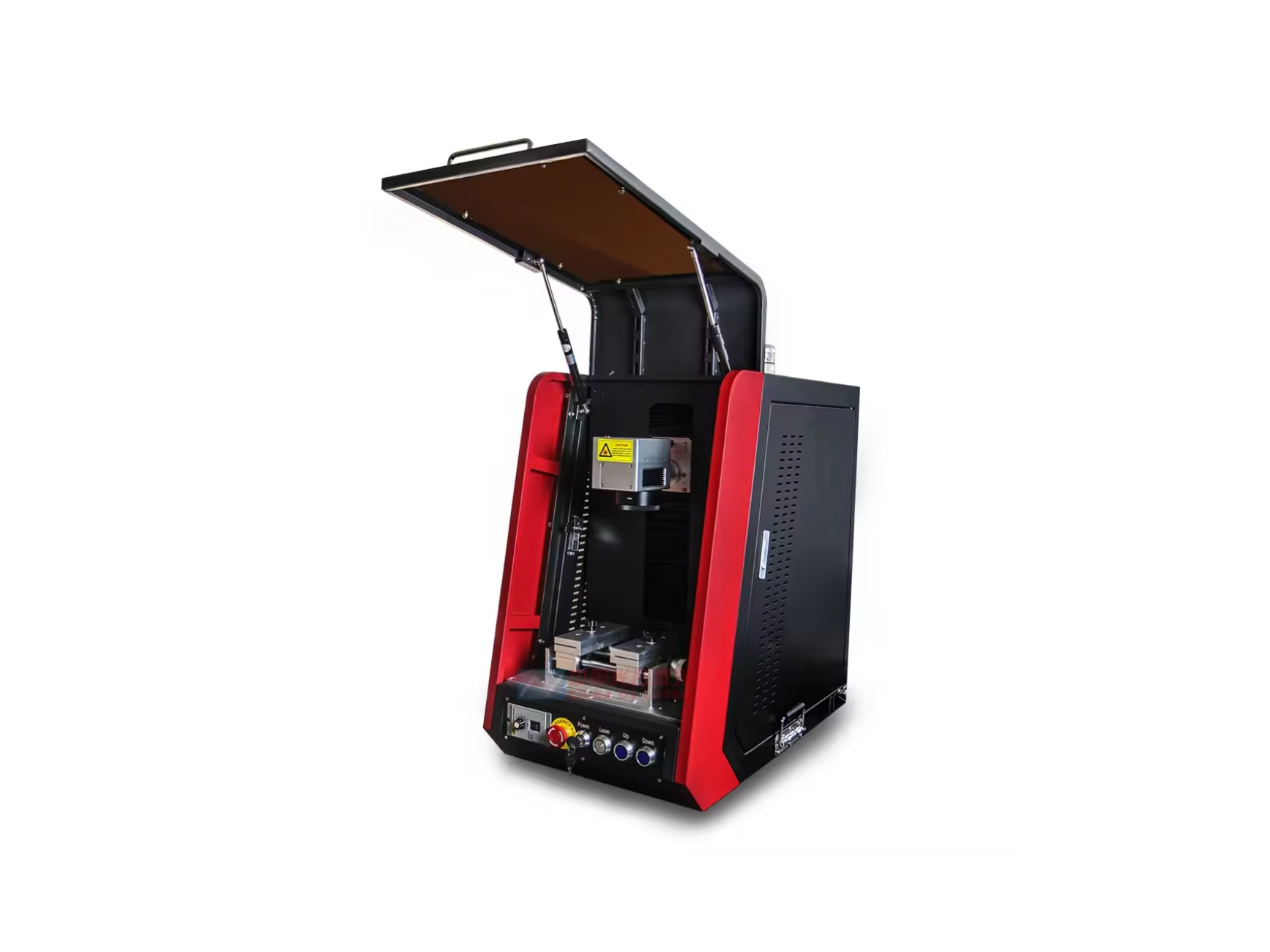
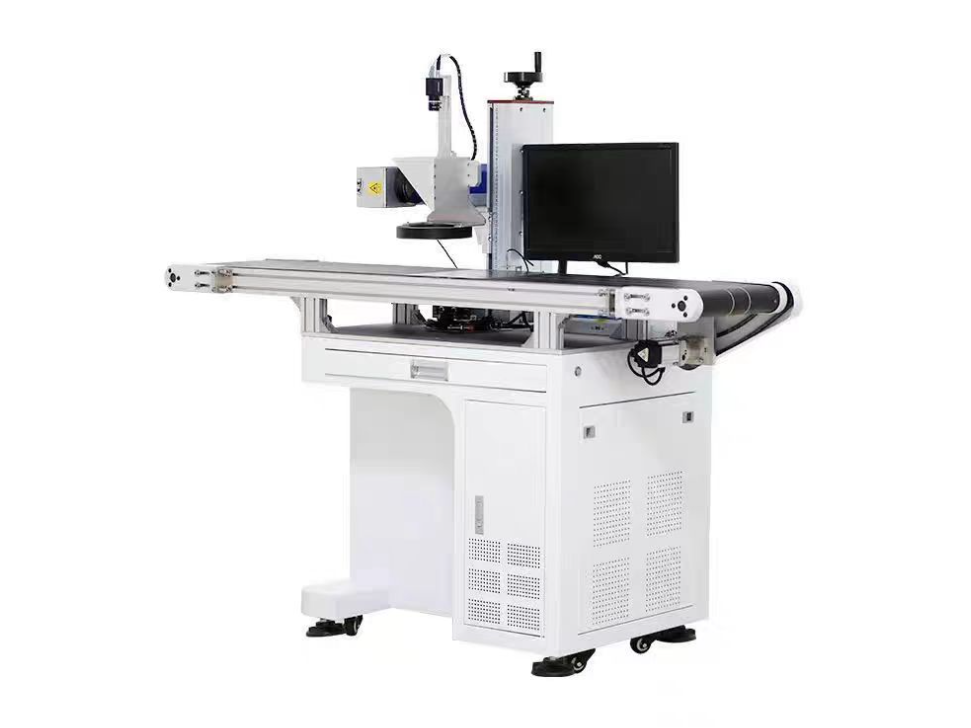
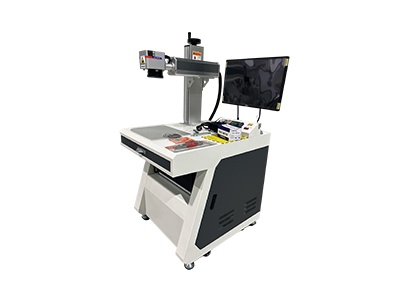
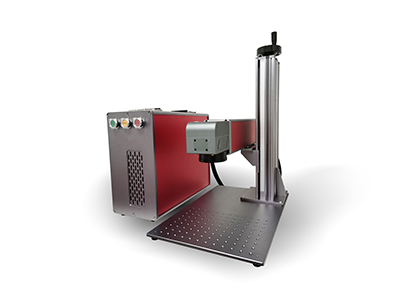
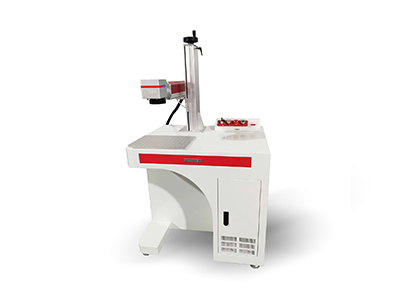
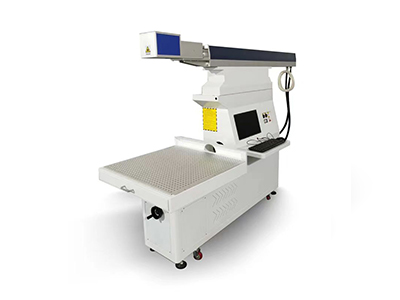
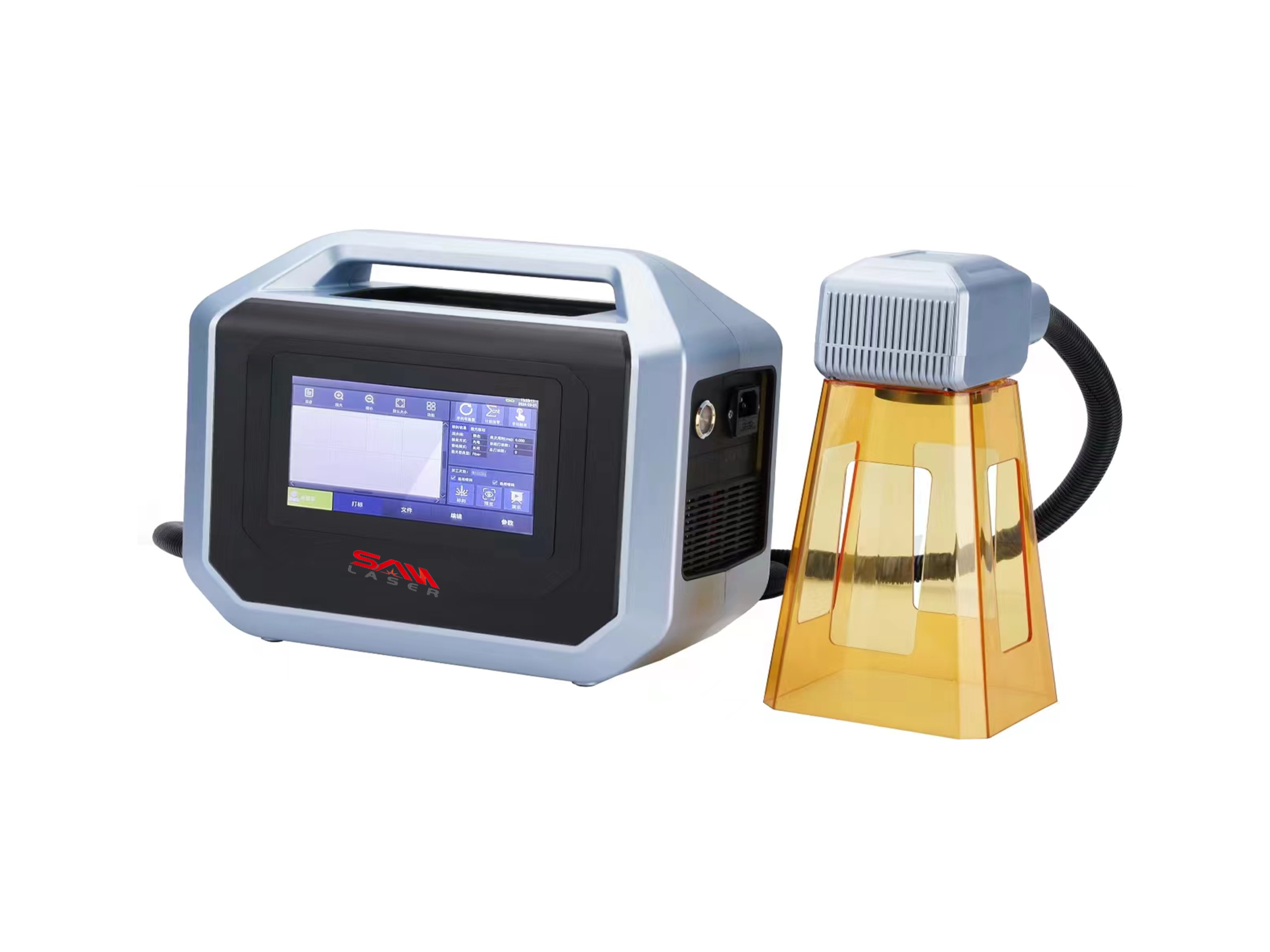
 Welder News
Welder News
